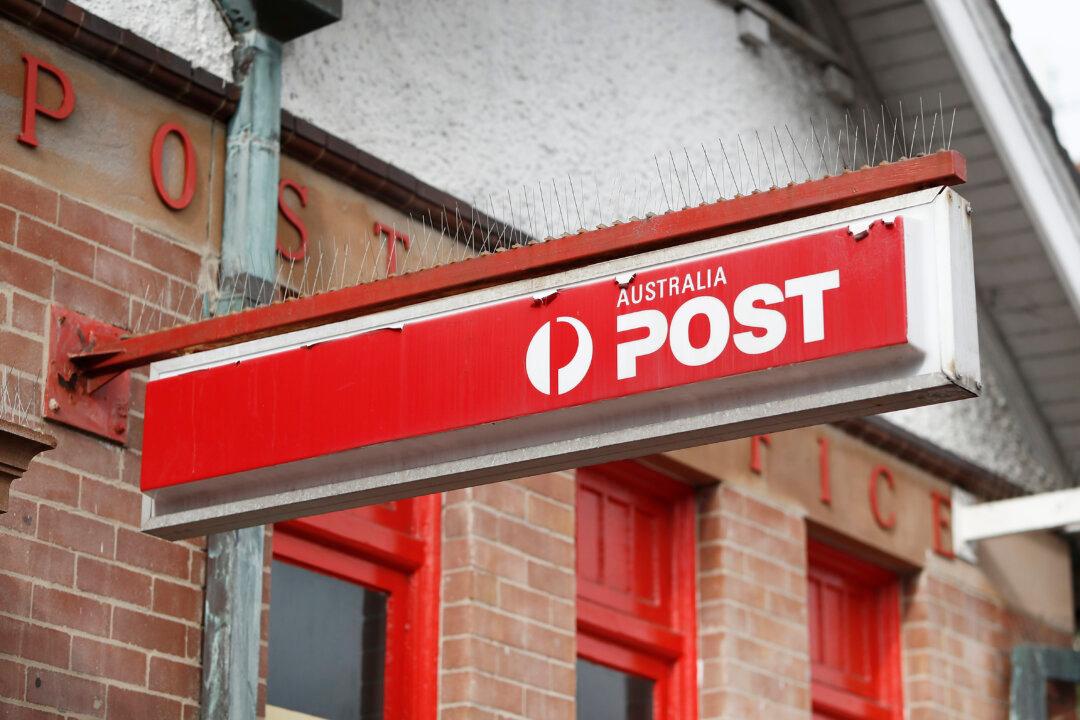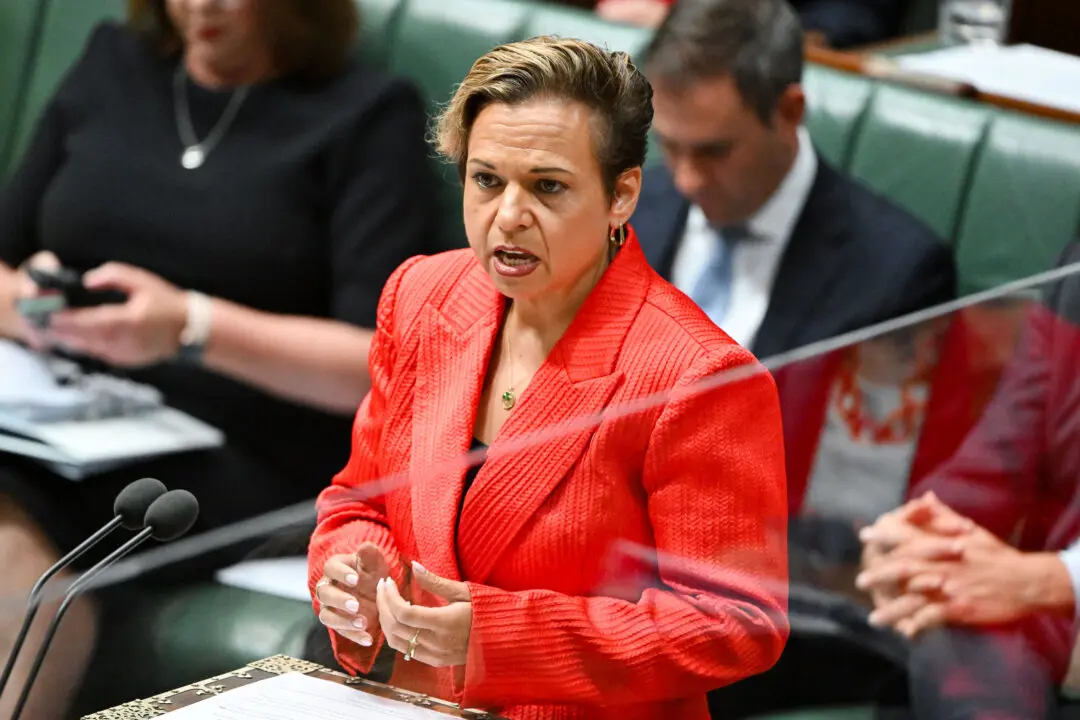Posties are delivering billions of parcels and fewer letters, but Australia Post is determined to deliver for another 200-plus years.
A “two-speed” business resulted in AusPost declaring another annual loss on Aug. 30, as revenue from parcels continued to grow with more than 2.5 billion delivered each year, while letter deliveries fell to 1950s levels.





